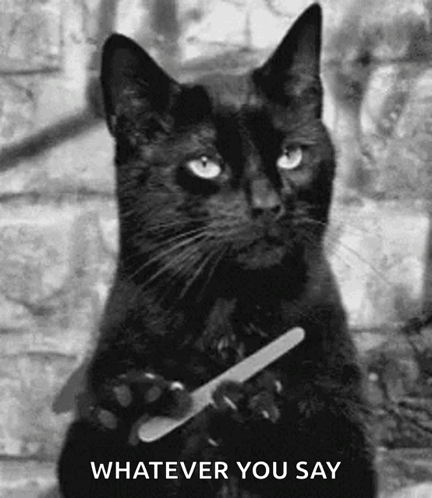Use AI to co-build and guide your value proposition and futures
Growth for senior UX designers moving to principal-level roles
Why you’re getting this: This is a friend-first newsletter. Faangboss is a weave of three essential threads: the craft of design, the art of influence, and the journey of growth in UX. I poke at connective tissues, drawing from my 20+ years of launching products and mentoring designers in tech NYC.
It's June. Half of 2025 is over, and it's time to discuss career growth as a senior designer in the new age of AI. I have been using Claude Opus 4 to validate, research, and test out how I should build a stronger positioning in the new tech era.
Claude Opus 4 is the newest model from Anthropic that sets the new standard for coding, advanced reasoning, and AI agents.
Naturally, I'm skeptical about how performant is the advanced reasoning, but I'm confident in its pattern recognition capabilities and synthesis.
Using AI to build your unique value proposition
aka "What makes you stand out"
I fed the context window with my own content:
My Linkedin profile in PDF (auto generated)
My own writeup of achievement highlights in the last year
My own writeup of in progress projects and problems I am encountering on data, collaboration, alignment, and complexity front
I uploaded the results from the personal strength report from Gallup strengthfinder
I provided thematic evaluation categories (complexity, delivery, influence, collaboration)
What I found is that Opus performs better when I ask it to process one artifact at a time, so I can course correct as it goes through each. With each layer of dimension, sometimes the statement gets diluted. I found it was pretty good in co-building the statement over the course of the conversation.
My results that AI gave me is that I'm haven't been a UX designer for a long time.
You are a Strategic Design Partner who transforms multi-billion dollar opportunities into actionable experiences by:
Bridging complex technical systems with user needs
Synthesizing massive data sets into clear strategic direction
Navigating ambiguous, cross-functional challenges
Building conviction through research and frameworks
Creating scalable solutions for problems that span entire ecosystems
The most effective positioning statements combines 3 opportunity identification elements:
Pattern recognition across complex systems
Future-state visioning that anticipate market needs
Strategic validation that proves opportunities before investment.
Now what are you going to do with that information?
I used Claude Sonnet 4 to conduct research on how viable this positioning means in the future. Below are the highlights of what I found and what I'll be doing for my career growth.
Emergent key insights
Senior designers who position themselves as strategic business partners have unprecedented opportunities. The key differentiator is no longer design craft, but the ability to identify opportunities, orchestrate cross-functional execution, and drive measurable impact at scale. The bridging between market evolution between user needs and business strategy is more than traditional UX execution, hence the pivoting of job titles from UX to product. The distinction is to position as opportunity architect rather than solution executors.
John Maeda at Microsoft's positioning was "Humanist technologist" exploring where business, design, and technology emerge.
Julie Zhuo's Facebook positioning was "scaling Facebook from 10m to 2+billion users wile leading team of 250 people"
Market dynamics reward strategic positioning over traditional execution skills. As entry level becomes scarce, super ICs are making avg $251-$437k.
Research across 300 public companies reveal strong design leadership achieve 32% higher rev growth and 56% ROI, focused on 4 key characteristics: executive-level thinking, continuous user engagement, cross-function integration, iterative excellence at scale.
Emergence of hyper-specializations as a differentiation strategy. Successful IC's are carving out expertise in different verticals: growth design, AI integration, conversational design, and design operations. Deep domain knowledge such as healthcare (projected $781B digital market by 2030) or financial services at NatWest investing in $2.3B.
AI integration and usage are table stakes. 65% of the organization uses gen AI for at least one business function. Design leaders need to demonstrate proficiency in AI-assisted workflows, prompt engineering, and human-AI collaborated design. Those are are expert in these intersections command premium comps and strategic roles.
Language shift is critical. Strategic design over UX design. Emphasis of "cross-functional leadership" over "managing teams", and "business transformation" not "process improvement." Quantify through user scale (how many people are using it), revenue percentages, and team growth metrics.
The future belongs to design leaders who can identify what should be built, not just how to build it better.
These types of articles come pretty easy to me because I score exceptionally high on strategic thinking. I dominate the thinking category in the following traits:
Input + Intellection = You gather and process information at a deeper level than most
Strategic + Ideation = You see multiple futures and can architect paths to get there
Futuristic + Achiever = You're not just a visionary; you drive things to completion
Competition + Self-Assurance = You trust your instincts and aren't afraid to challenge the status quo
Why would you want to subscribe? Well, why wouldn't you? If you like this content, consider supporting me, your independent writer with a coffee. ☕️
Have a great week ahead,







